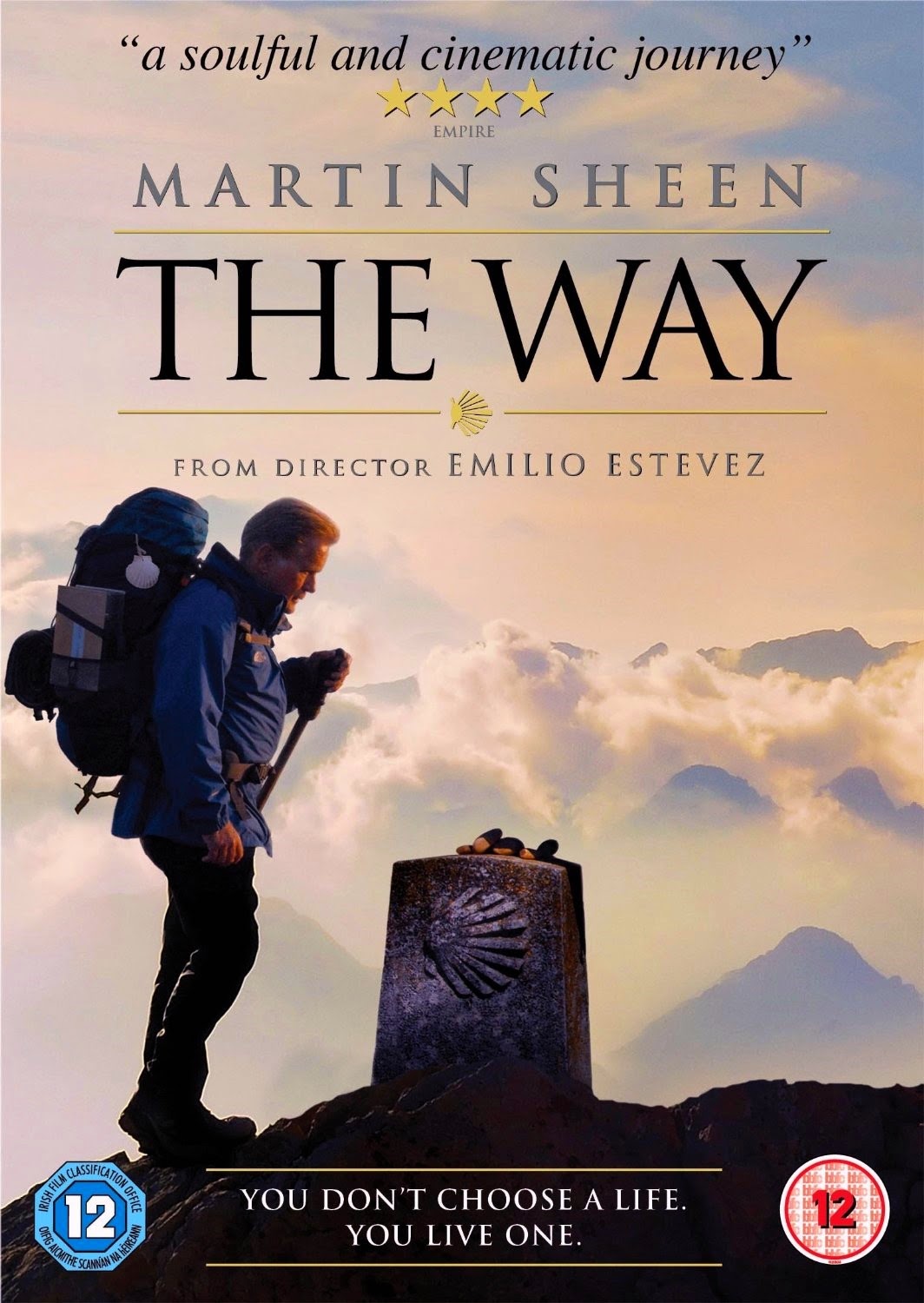Taboga: My New Love Affair
In
the twelve years Erinn and I have lived in Panama, we’ve visited the island of
Taboga many times. We have always done this, however, at her insistence.
Taboga
is only a fifty-minute ferry ride from Panama City, and it’s a fabulous place
to spend a day laying on the beach … if you like that sort of thing.
The
problem is that while Erinn loves the sand, I don’t.
As
a result, whenever we’ve traveled to Taboga, I’ve done so grudgingly.
I
do, nevertheless, enjoy strolling through the town to take photographs of the
lovely scenery and the quaint architecture—much of it colonial.
Also,
when I visit Taboga I try to imagine moments from the pivotal role that the
island played in the continent’s history. Because of the deep surrounding waters,
Taboga became the perfect place for Francisco Pizarrro to build and launch the
ships that went on to conquer the Inca Empire.
Today,
however, Taboga is a sedate place with a population that—judging by the countless
niches with images of Mary and other saints—is profoundly Catholic.
What made our most recent trip
special was that, for the first time, we decided to spend the night on the
island. I found the experience magical. After sunset, once the daytime tourists
had returned home, the locals reclaimed their community, giving Taboga the sparkling
charm of a pueblo.
I also loved that the islanders’ sense of aesthetics includes the scallop shell. With my current passion over the Camino de Santiago, I took this as a good omen.
In the morning of our second day there, after breakfast, Erinn and I went our separate ways: she to lay on the beach and I to climb to the cross, located on the highest point of the southern tip of the island.
The views there
were breathtaking. In one direction, large ships waited for their turn to pass
through the Canal.
But
the most precious view was of the bay and the town. Since I was the only person
up there that morning, I felt as if I owned the island.
After
this experience, I’ll be thrilled to return to Taboga any time Erinn wishes.
There is, however, one condition: we must spend the night.









































